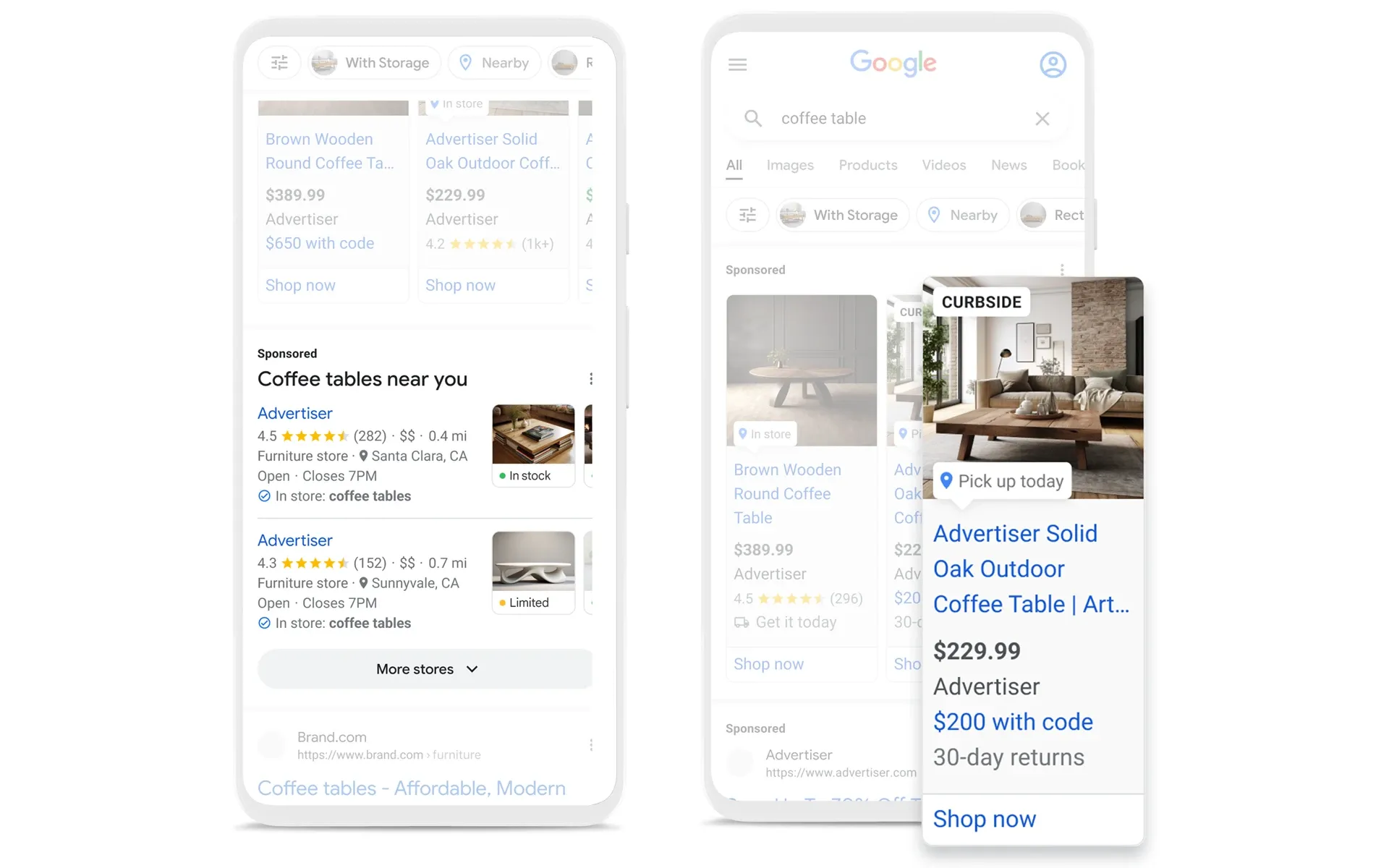Google introduces AI-powered automated discounts for Back-to-School Season
Google's new automated discounts feature uses AI to optimize sale prices for retailers during the back-to-school shopping season.

Google last week announced a new suite of tools and features designed to help retailers maximize their sales during the upcoming back-to-school shopping season. The announcement, made just over a week ago, comes at a time when price-conscious consumers are actively seeking the best deals amidst economic uncertainties. Google's latest offerings aim to bridge the gap between shoppers' desire for bargains and retailers' need for profitability.
At the forefront of Google's new offerings is the automated discounts feature, currently in beta testing. This artificial intelligence-powered tool is designed to optimize sale prices for products across Shopping ads and online product landing pages. The system takes into account various market signals, including price competitiveness, seasonality trends, and shipping costs, to determine the ideal discount that can attract customers while maintaining the retailer's gross profits.
According to Google's official blog post, nearly four out of five U.S. consumers consider the lowest price (77%) and attractive deals, discounts, or promotions (79%) as crucial factors in their decision to shop with retailers regularly. These statistics, derived from a Google-commissioned Ipsos Consumer Continuous study conducted in February 2023, underscore the importance of competitive pricing in today's retail landscape.
The automated discounts feature represents a significant step in the application of AI to retail pricing strategies. By leveraging Google's vast data resources and advanced algorithms, retailers can potentially fine-tune their pricing in real-time, responding to market dynamics more efficiently than traditional manual pricing methods allow.
In addition to the automated discounts, Google has expanded its promotion assets feature to include Performance Max for store goals campaigns. This update allows retailers to display ads featuring redeemable coupons, enhancing the appeal of their offerings to deal-seeking shoppers. Furthermore, Google Maps users will now be able to view, save, and share digital coupons for both in-store and online redemption, potentially increasing the reach and effectiveness of promotional offers.
The timing of these new features coincides with the growing trend of omnichannel shopping experiences. Google's data indicates that while online resources are crucial for back-to-school inspiration and research, the in-store experience remains significant for many shoppers. Last year, nearly 80% of shoppers planned to conduct their back-to-school shopping in physical stores, with 34% intending to use the buy online, pick up in-store (BOPIS) option.
Recognizing this trend, Google has enhanced its local inventory ads and Performance Max for store goals features. These tools allow retailers to promote specific business locations and product promotions, targeting shoppers looking for products in nearby stores. The system provides shoppers with up-to-date information on store hours, inventory availability at the closest locations, and various fulfillment options including same-day delivery, buy online pickup later, and curbside pickup.
These updates reflect the evolving nature of retail, where the lines between online and offline shopping continue to blur. By providing tools that cater to both digital and physical retail spaces, Google aims to help retailers create a seamless shopping experience that meets the diverse preferences of today's consumers.
The introduction of these new features also highlights the increasing role of technology in retail operations. As AI and machine learning capabilities advance, retailers are gaining access to more sophisticated tools for pricing, inventory management, and customer engagement. However, the effective use of these tools requires retailers to have a solid understanding of their data and a clear strategy for integrating these technologies into their existing operations.
It's worth noting that while Google's new features offer potential benefits for retailers, they also raise questions about data privacy and the increasing influence of tech giants in the retail sector. As more retailers adopt these AI-powered tools, there may be concerns about the concentration of pricing data and decision-making power in the hands of a few large technology companies.
Moreover, the effectiveness of these tools in improving retailers' bottom lines remains to be seen. While AI-powered pricing optimization holds promise, factors such as brand loyalty, product quality, and customer service continue to play crucial roles in consumers' purchasing decisions.
As the back-to-school shopping season approaches, retailers will have the opportunity to test these new features and assess their impact on sales and profitability. The results of this real-world application will likely influence the future development and adoption of AI-powered retail tools across the industry.
In conclusion, Google's latest announcements represent a significant step in the integration of AI and machine learning technologies into retail operations. As price-conscious consumers seek the best deals for their back-to-school shopping, these new tools aim to help retailers strike a balance between attractive pricing and profitability. The coming months will reveal how effectively these technologies can meet the needs of both retailers and consumers in an increasingly complex and competitive retail landscape.
Key facts about Google's new retail features
Announced on July 25, 2024
Includes AI-powered automated discounts feature (in beta)
Expansion of promotion assets to Performance Max for store goals campaigns
Enhanced local inventory ads and Performance Max for store goals
Aims to help retailers balance competitive pricing with profitability
Responds to consumer trends: 77% prioritize lowest price, 79% value good deals
Addresses omnichannel shopping: 80% plan in-store shopping, 34% prefer BOPIS
Leverages AI and machine learning for pricing optimization
Raises questions about data privacy and tech influence in retail
Effectiveness in improving retailers' bottom lines yet to be determined

